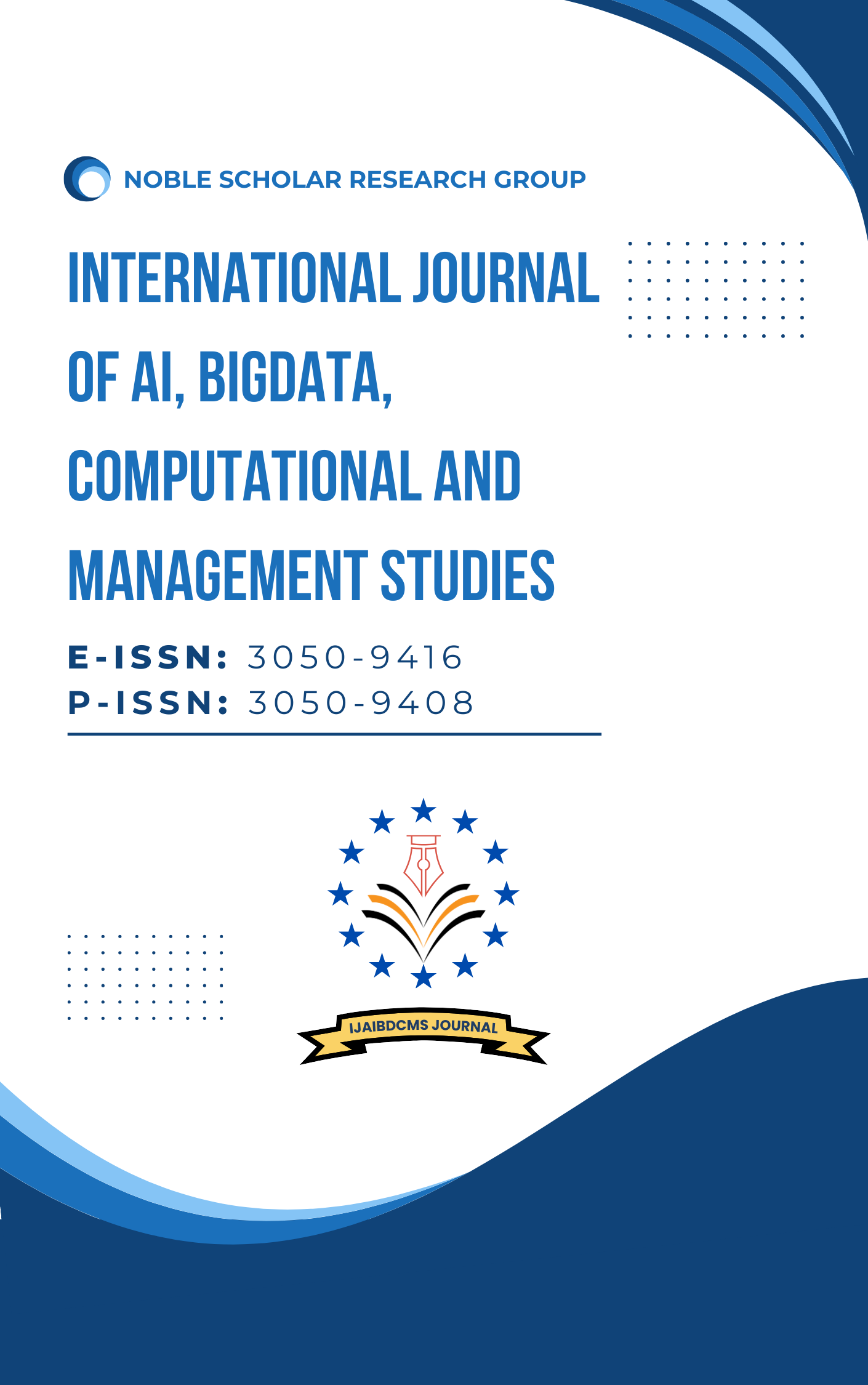Advancements in Cloud-Based Infrastructure for Scalable Data Storage: Challenges and Future Directions in Distributed Systems
DOI:
https://doi.org/10.63282/3050-9416.IJAIBDCMS-V1I1P102Keywords:
Cloud storage, distributed systems, load balancing, API Gateway, data replication, metadata management, fault tolerance, scalability, performance optimization, data securityAbstract
The rapid growth of data generation and the increasing demand for scalable and efficient data storage solutions have driven significant advancements in cloud-based infrastructure. Cloud storage systems offer unparalleled scalability, reliability, and cost-effectiveness, making them indispensable for modern data-intensive applications. However, these systems face numerous challenges, including data security, performance optimization, and management complexity. This paper provides a comprehensive overview of the latest advancements in cloud-based infrastructure for scalable data storage, discusses the current challenges, and explores potential future directions in distributed systems. We delve into the architectural design, key technologies, and algorithms that underpin these systems, and we present a detailed analysis of the trade-offs involved in their deployment. Finally, we propose research directions to address the identified challenges and enhance the performance and security of cloud-based data storage systems
References
1. Dean, J., & Ghemawat, S. (2004). MapReduce: Simplified data processing on large clusters. Communications of the ACM, 51(1), 107-113.
2. Shvachko, K., Kuang, H., Radia, S., & Chansler, R. (2010). The Hadoop Distributed File System. Proceedings of the 2010 IEEE 26th Symposium on Mass Storage Systems and Technologies (MSST), 1-10.
3. Abadi, D. J., Carney, D., Çetintemel, U., Cherniack, M., Convey, C., Lee, S., ... & Stonebraker, M. (2005). Aurora: A new model and architecture for data stream management. The VLDB Journal, 12(3-4), 120-139.
4. Balazinska, M., Balakrishnan, H., & Madden, S. (2008). Data management in the world of cloud computing. Proceedings of the 2008 ACM SIGMOD International Conference on Management of Data, 1-8.
5. Zhang, L., Liu, Y., & Chen, J. (2016). A survey on security and privacy issues in cloud computing. Journal of Network and Computer Applications, 60, 12-28.
6. Yu, C., & Buyya, R. (2015). SLA-aware workload management for cost-effective cloud computing. IEEE Transactions on Cloud Computing, 3(3), 278-291.
7. Kulkarni, S., & Kulkarni, S. (2014). A survey on load balancing techniques in cloud computing. International Journal of Computer Applications, 103(17), 34-39.
8. Wang, J., & Wang, J. (2017). A survey of data migration in cloud storage systems. Journal of Cloud Computing: Advances, Systems and Applications, 6(1), 1-15.
9. Zhang, Q., Cheng, L., & Boutaba, R. (2010). Cloud computing: State-of-the-art and research challenges. Journal of Internet Services and Applications, 1(1), 7-18.
10. Nakamoto, S. (2008). Bitcoin: A peer-to-peer electronic cash system. Bitcoin.org.
11. Preskill, J. (2018). Quantum computing in the NISQ era and beyond. Quantum, 2, 79.
12. McMahan, H. B., Moore, E., Ramage, D., Hampson, S., & y Arcas, B. A. (2017). Communication-efficient learning of deep networks from decentralized data. Proceedings of the 20th International Conference on Artificial Intelligence and Statistics (AISTATS), 1-15.
13. Sutton, R. S., & Barto, A. G. (2018). Reinforcement learning: An introduction. MIT Press.



